Reviewed by: Ysa Garcia
The streaming wars just got a whole lot messier. Two weeks into what’s already the longest Disney blackout in modern television history, both media giants are signaling they are ready to dig in for the long haul.
With millions of YouTube TV subscribers locked out of ESPN, ABC, and more than 20 other Disney-owned channels since October 30, according to Variety, this standoff is costing Disney an estimated $30 million weekly while leaving sports fans in the dark during peak football season.
What started as a typical carriage dispute has evolved into something far more complex, a battle that could reshape how streaming services and content creators do business for years to come.
Why this fight is different from past carriage disputes
Carriage fights happen all the time in pay TV. This one feels different. The financial stakes are bigger, the timing is sharper, and the players have more leverage than usual. Disney is losing roughly $4.3 million a day in revenue, as reported by Morgan Stanley analysts. YouTube TV sits as the third-largest pay TV provider in the U.S., with approximately 10 million subscribers, according to The Economic Times. That audience size turns a contract squabble into a national headache.
Why does timing matter? ESPN is airing its crown jewels right now: NFL Monday Night Football, NBA games, college football playoffs, and the NHL season. Every day of a blackout hits harder when fans are glued to screens and schedules are packed. Lose a random week in July, and many shrug. Lose two Mondays in November and the phones light up.
Power dynamics are also shifting. Disney CFO Hugh Johnston told CNBC, “Obviously, as we entered the year, we knew this was going to be a challenging battle and we prepared ourselves for it, and we’re ready to go as long as they want to.” This is already the longest Disney carriage blackout ever, surpassing the 13-day dispute with DirecTV in 2024, a sign that both sides view this as a strategic inflection point, not routine rate haggling.
The real issues driving the deadlock
This is not only about price. It is about packaging, data, and who controls the customer relationship in a streaming-first world. Disney wants YouTube TV to integrate ESPN Unlimited into the base package or offer it at subsidized rates, according to Cord Cutters News. That push lines up with Disney’s broader plan to grow its direct-to-consumer business through big distribution partners.
YouTube TV is resisting, arguing that tacking more cost onto an $82.99 monthly plan punishes subscribers who might not want the extra sports tier. The companies are also wrestling over data sharing, the kind of user metrics that can supercharge targeted ESPN Unlimited promotions. Disney wants more access. YouTube TV treats that data like crown jewels and does not hand it over lightly.
Disney has floated “new genre services and packaging flexibility.” YouTube TV reads that as a backdoor to higher bills and new precedents other content owners will copy. YouTube TV proposed add-ons or tiered ESPN Unlimited options, but Disney said no. One side wants reach and deeper integration. The other wants to decide how its bundles look and what they cost. Simple summary, stubborn positions.
What subscribers are losing and who they blame
The blackout covers more than 20 channels, including ESPN, ABC, FX, National Geographic, Disney Channel, and SEC Network, according to Tom’s Guide. Bad timing for sports fans. Two straight Mondays without Monday Night Football, key college football games gone, ABC primetime disrupted, all during the most compelling stretch of the season.
Viewers are picking sides. A Cord Cutters News poll showed 82 percent of respondents blame Disney for the dispute, as reported by Cord Cutters News. That tracks with fatigue over Disney’s recent pattern of tough standoffs, a 13-day blackout with DirecTV in 2024, a 10-day impasse with Charter Spectrum in 2023, plus shorter scraps with Dish and Sling TV.
An Athletic poll of 8,000 sports fans echoed the mood, with 64 percent blaming ESPN or Disney and many calling both companies’ messaging unconvincing. Translation: people are tired of being pawns.
YouTube TV has tried to ease the sting with a one-time $20 credit for extended outages, according to Variety. It is more than many providers offer, and it signals that YouTube TV wants to be seen as the one holding the line on fees. It also hints at confidence; they can take the heat and wait.
The marathon negotiations and executive involvement
Talks have climbed to the top floor. Disney CEO Bob Iger and Google CEO Sundar Pichai are now directly involved in virtual sessions to bridge the financial gap, according to Cord Cutters News. When CEOs clear schedules, the stakes are bigger than a single channel lineup.
Marathon sessions ran late into the night on November 12, with teams meeting virtually and in person to comb through contract details until early morning, as reported by the same source. Hours poured in, no deal emerged.
Their approaches differ. Pichai, known for a data-driven style, leans on YouTube TV’s growing base to argue for better rates while guarding the user data that powers Google’s ad machine. Iger, steering Disney’s broader streaming strategy, treats ESPN’s distribution and relevance as mission-critical amid cord-cutting.
Both sides have kept their public statements short and vague, the standard for talks like this, but unusual given the number of viewers caught in the middle.
What this means for the future of streaming
This is not just another carriage fight; it's a snapshot of modern media power. Alphabet, YouTube TV’s parent, posts around $350 billion in annual revenue, compared with Disney’s $90 billion, according to Forbes. That gap changes leverage, especially compared with the old cable days when partners were closer in size.
The market backdrop matters too. Traditional multichannel video homes have fallen from over 100 million in 2013 to just over 50 million today, as noted by Forbes. In that shrinking pool, YouTube TV’s 10 million subscribers loom larger, and analysts predict it may become the largest single multichannel provider in the U.S. by 2026.
Disney’s distribution map is broad; Hulu + Live TV, Disney+, and the newly launched ESPN Unlimited all give it other paths to viewers. Even so, the blackout could represent upwards of $100 million per month in lost revenue tied to ESPN and Disney's channels, a stream that is not easy to walk away from.
Both companies are testing limits in a shifting landscape. The question is simple: do streaming bundles avoid the cost creep that made cable infamous, or do content giants find new ways to push broad distribution and higher average revenue from digital partners? My bet, whichever side blinks sets a template others will copy within weeks.
The outcome will ripple through the industry, shaping whether unbundled, consumer-friendly pricing gains ground or whether forced bundles stage a comeback. This fight is a bellwether, and it will color streaming economics for years to come.





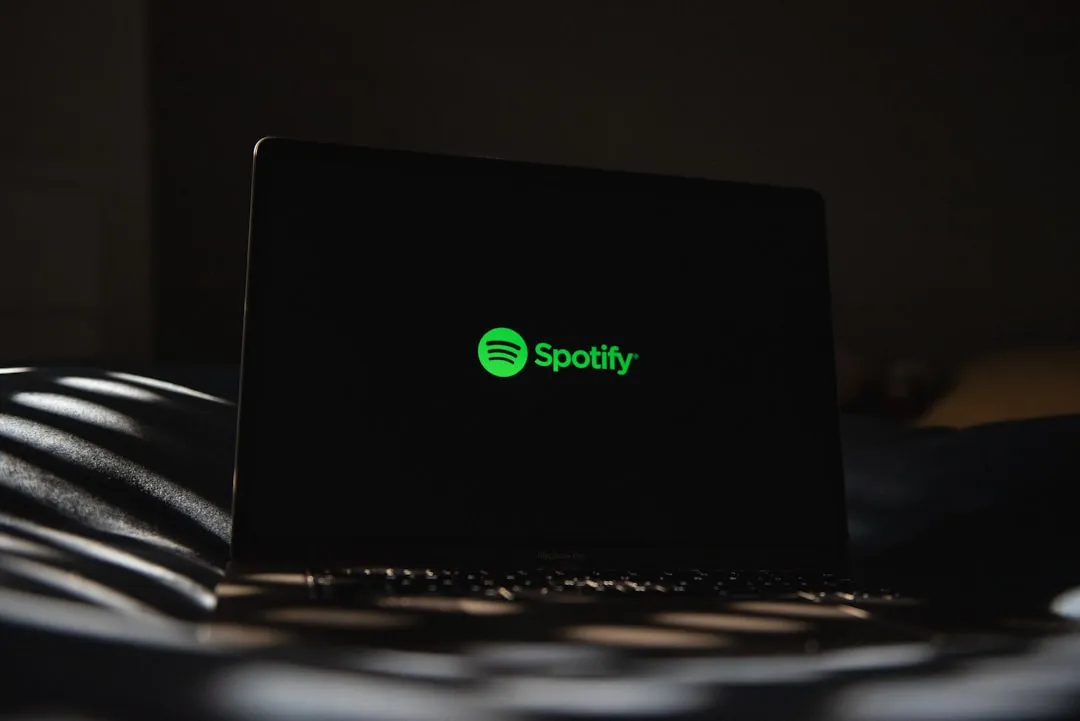

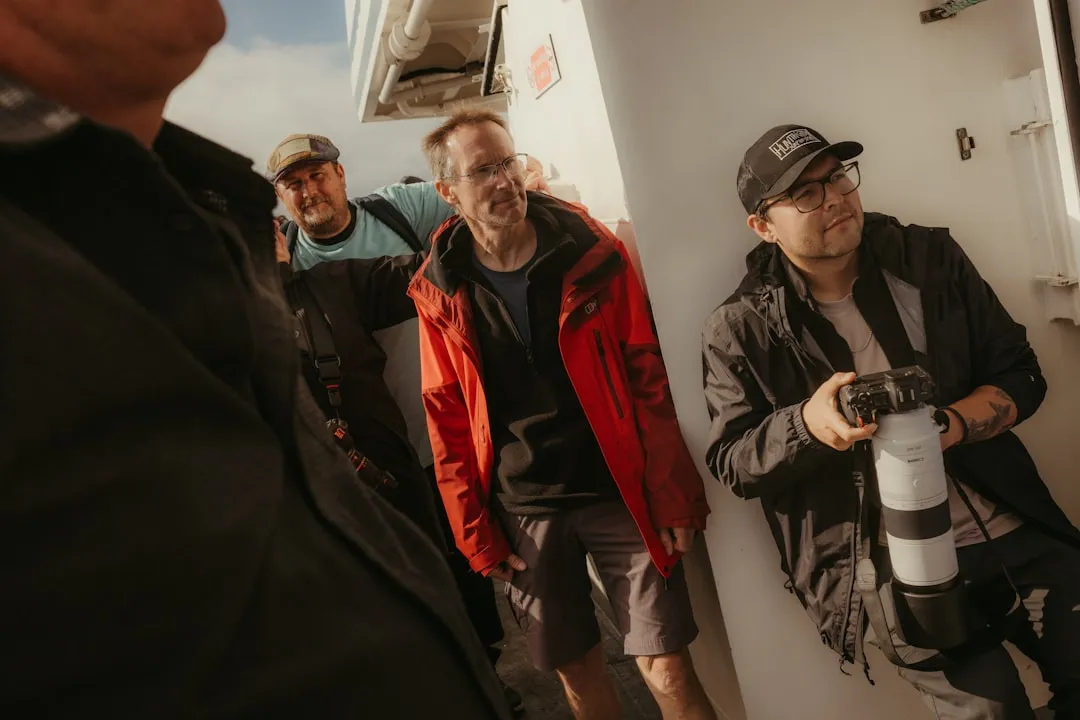

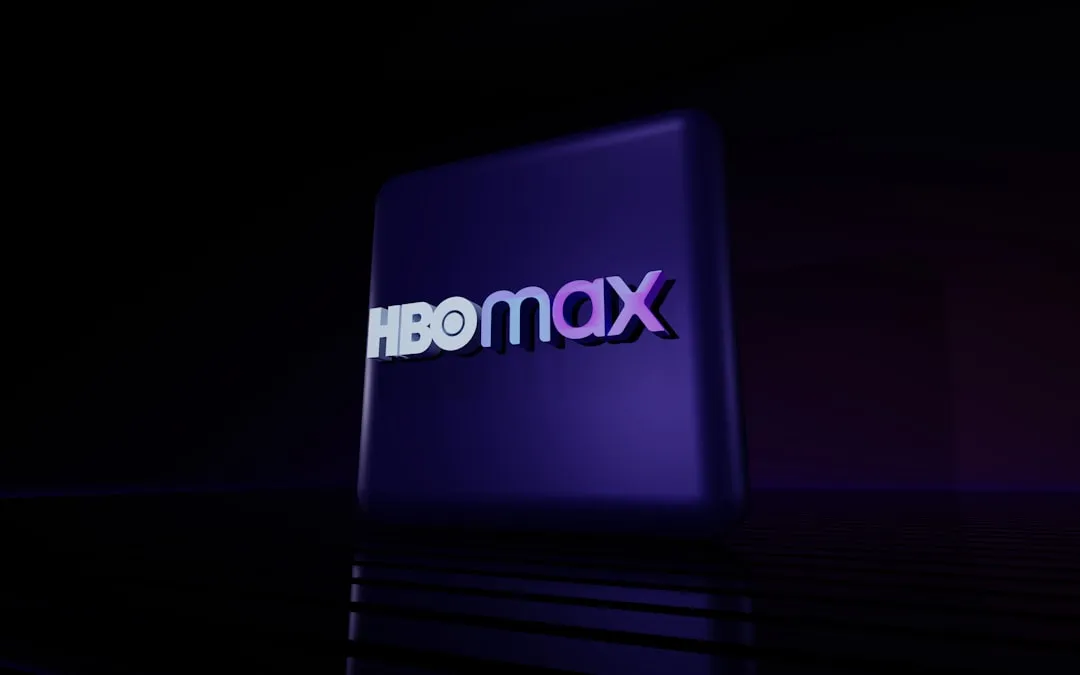
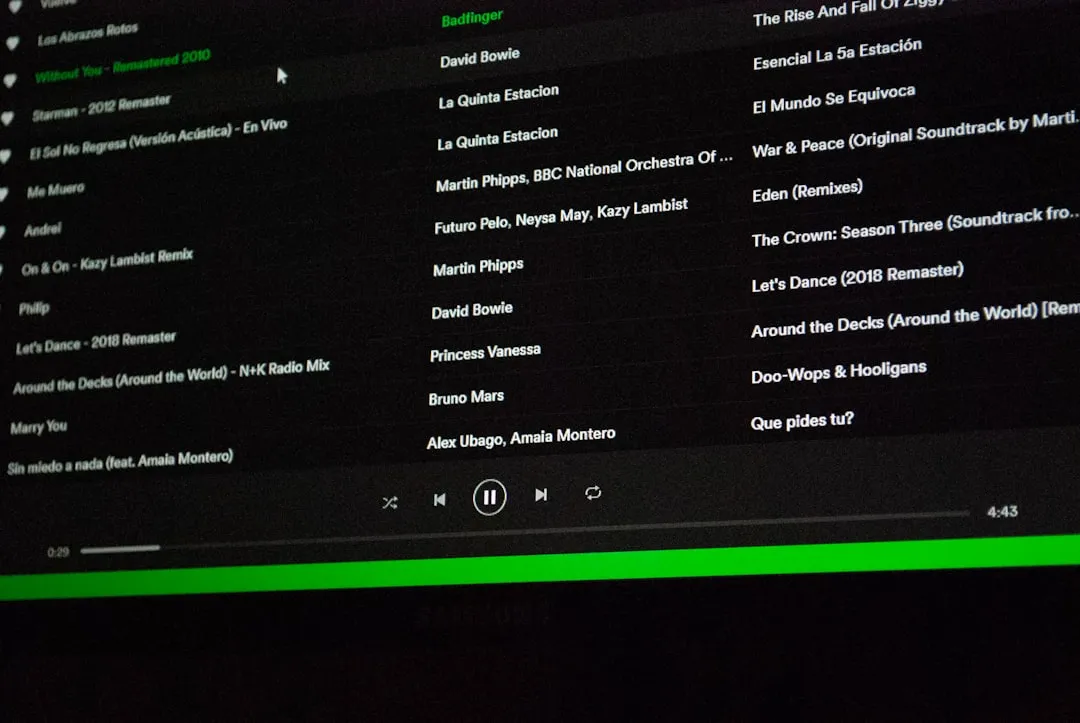
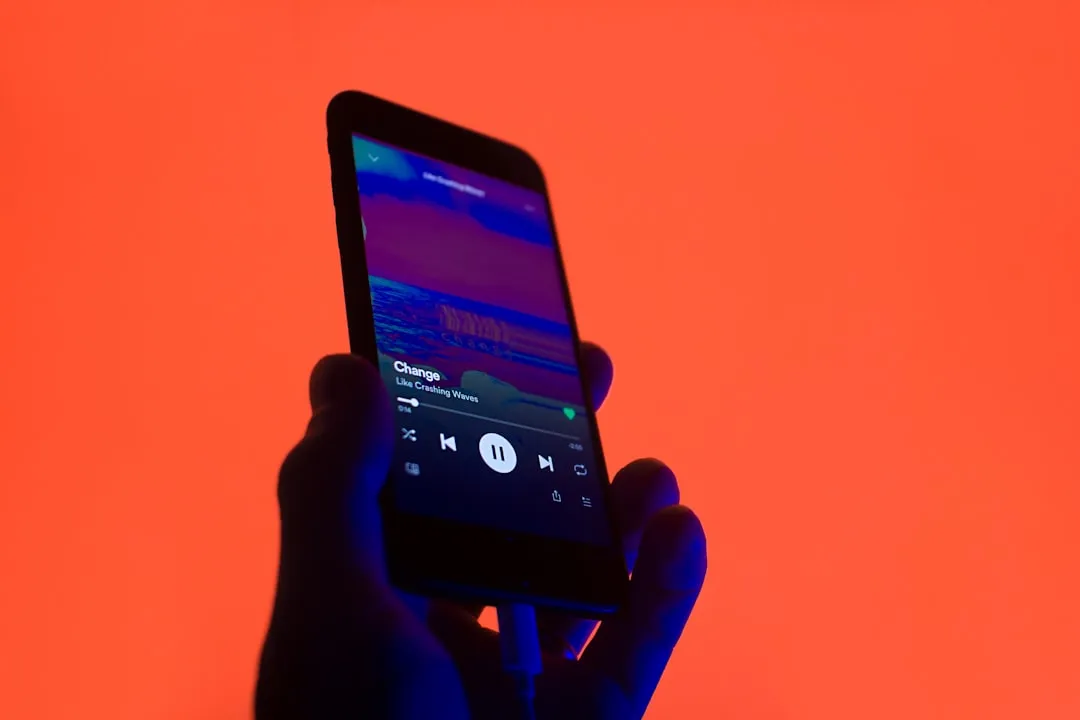
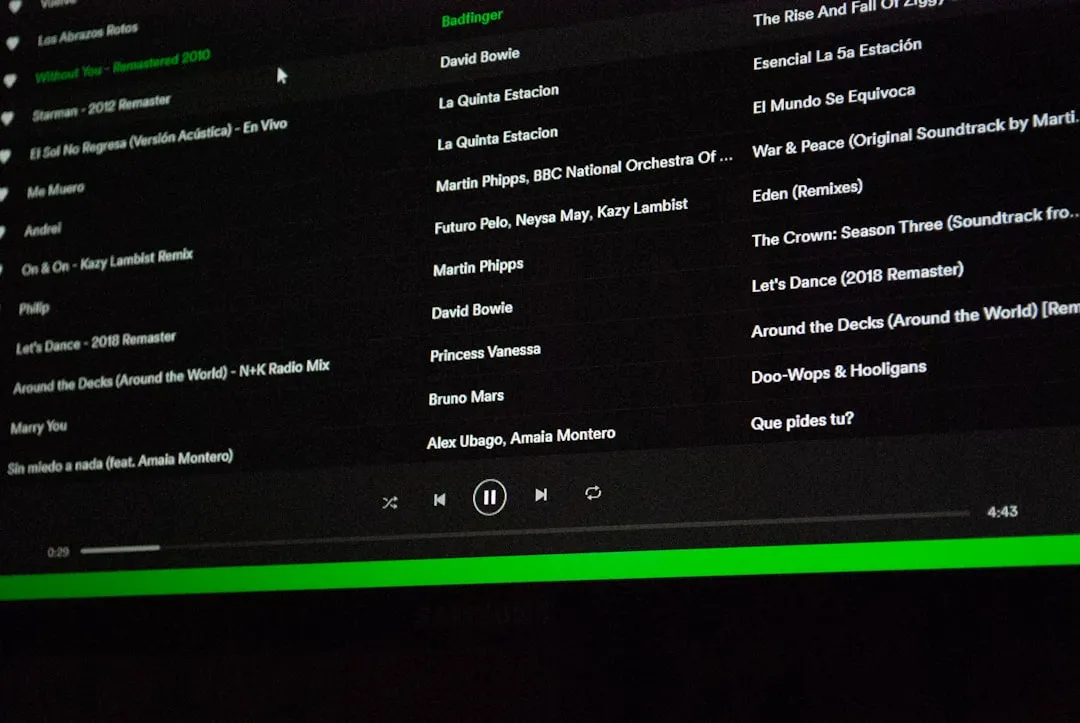
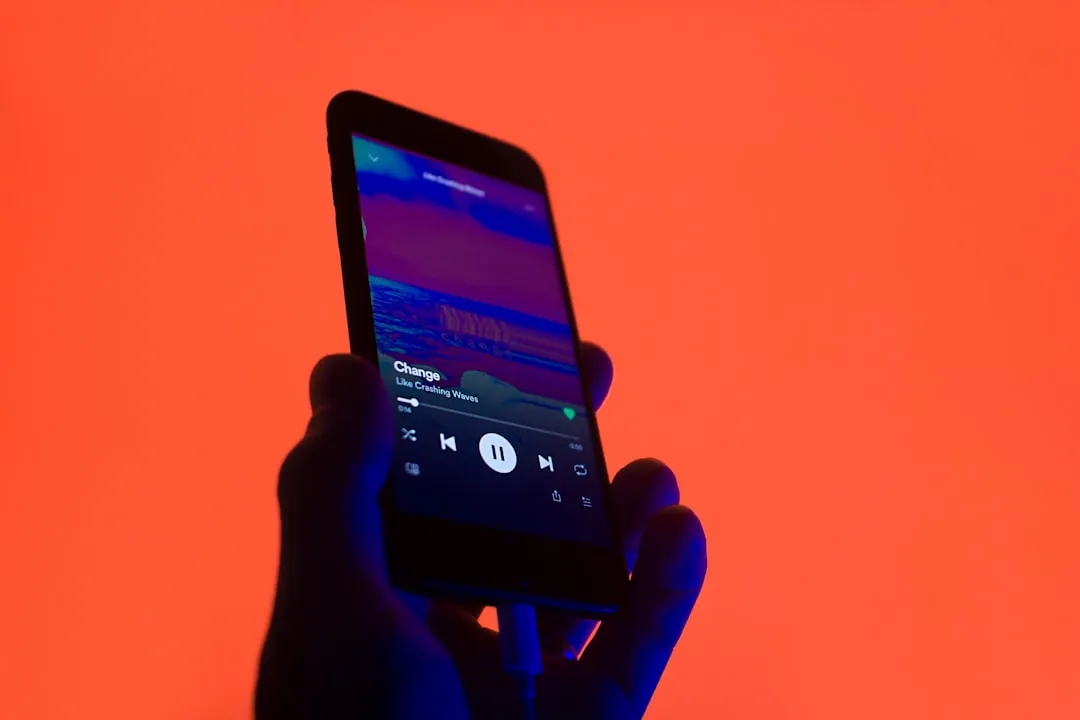
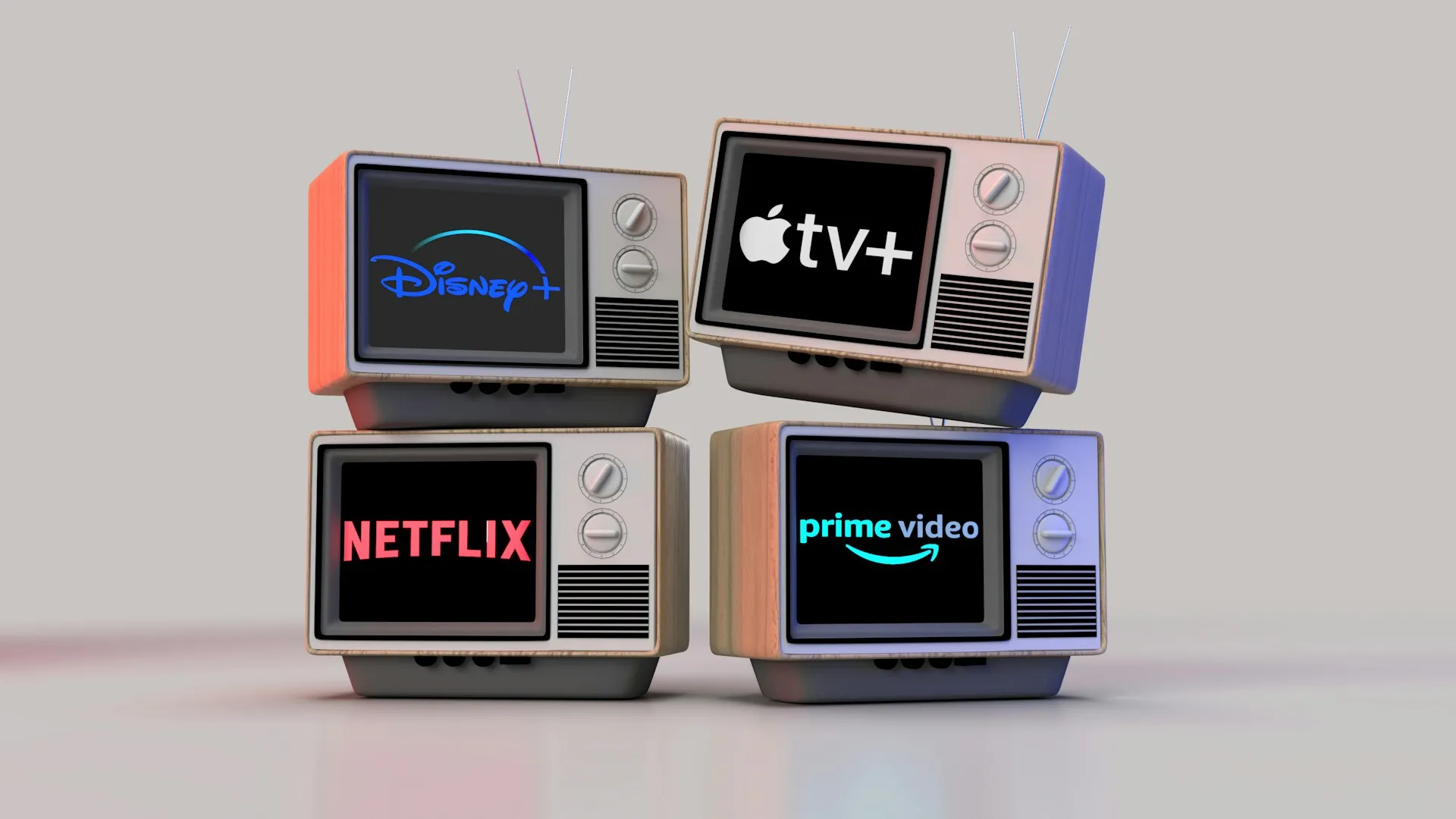
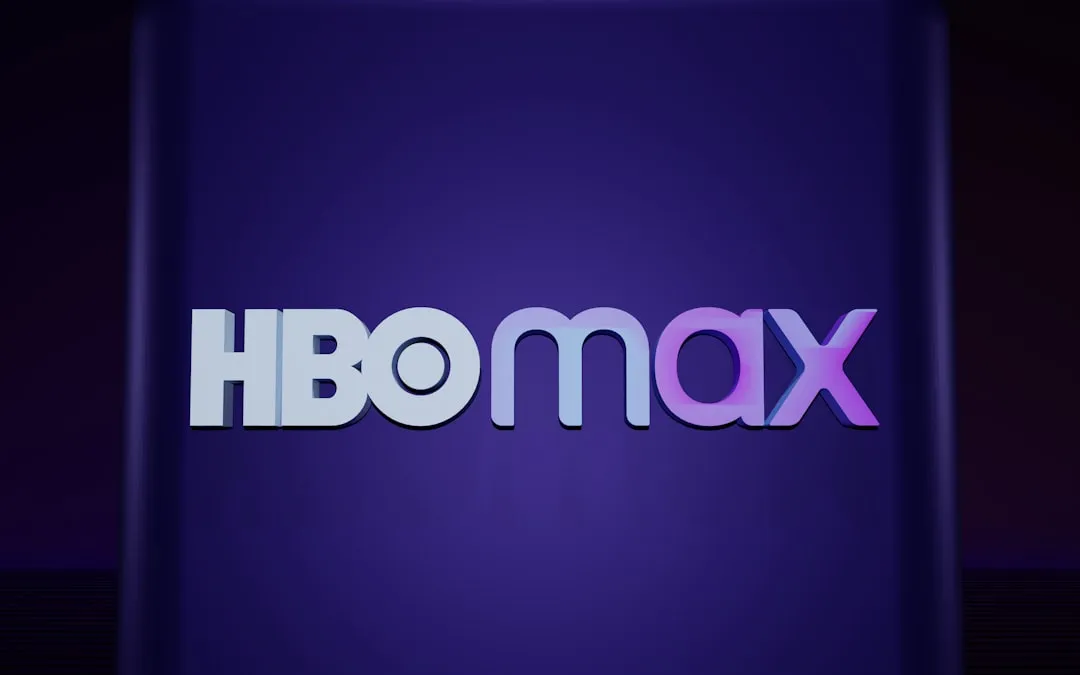
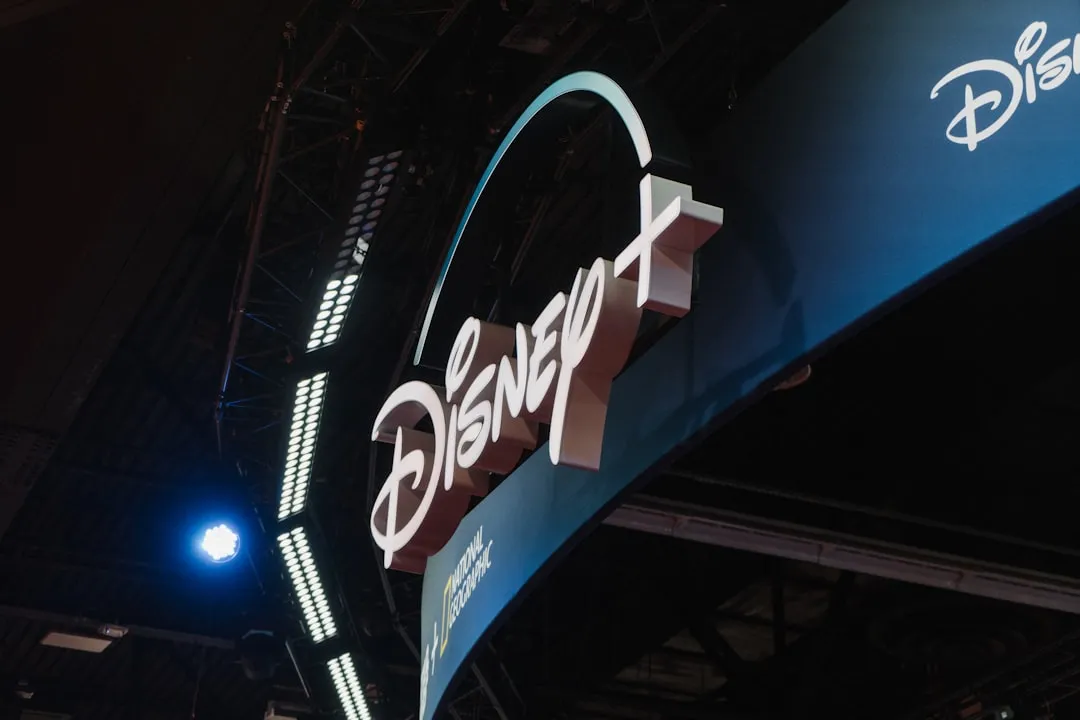


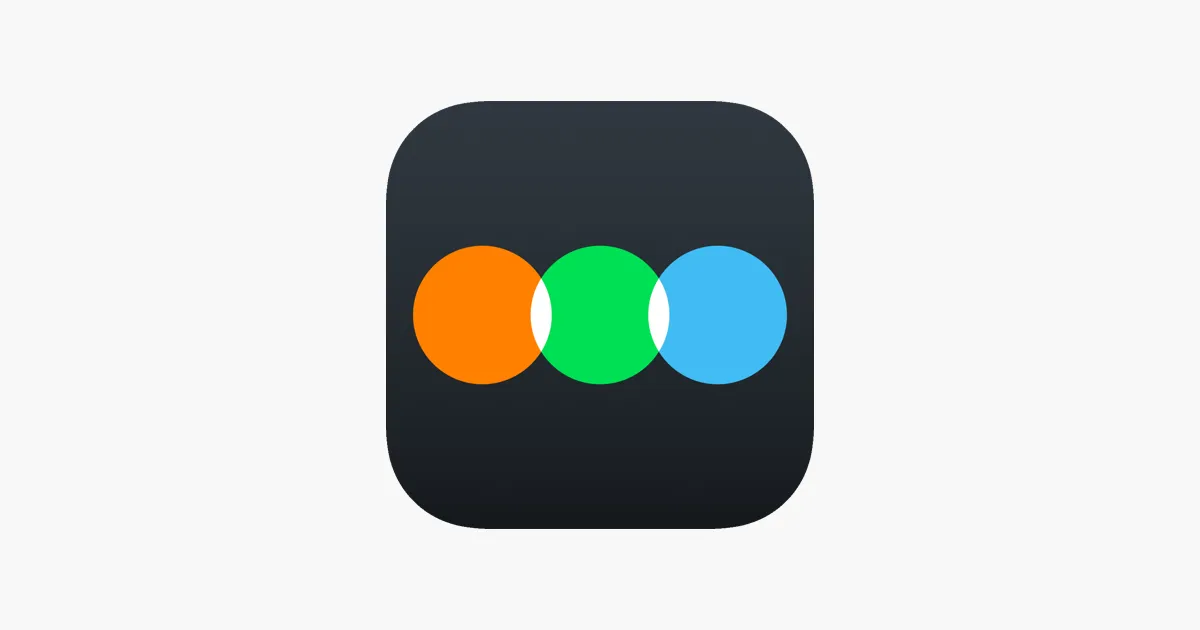



Comments
Be the first, drop a comment!